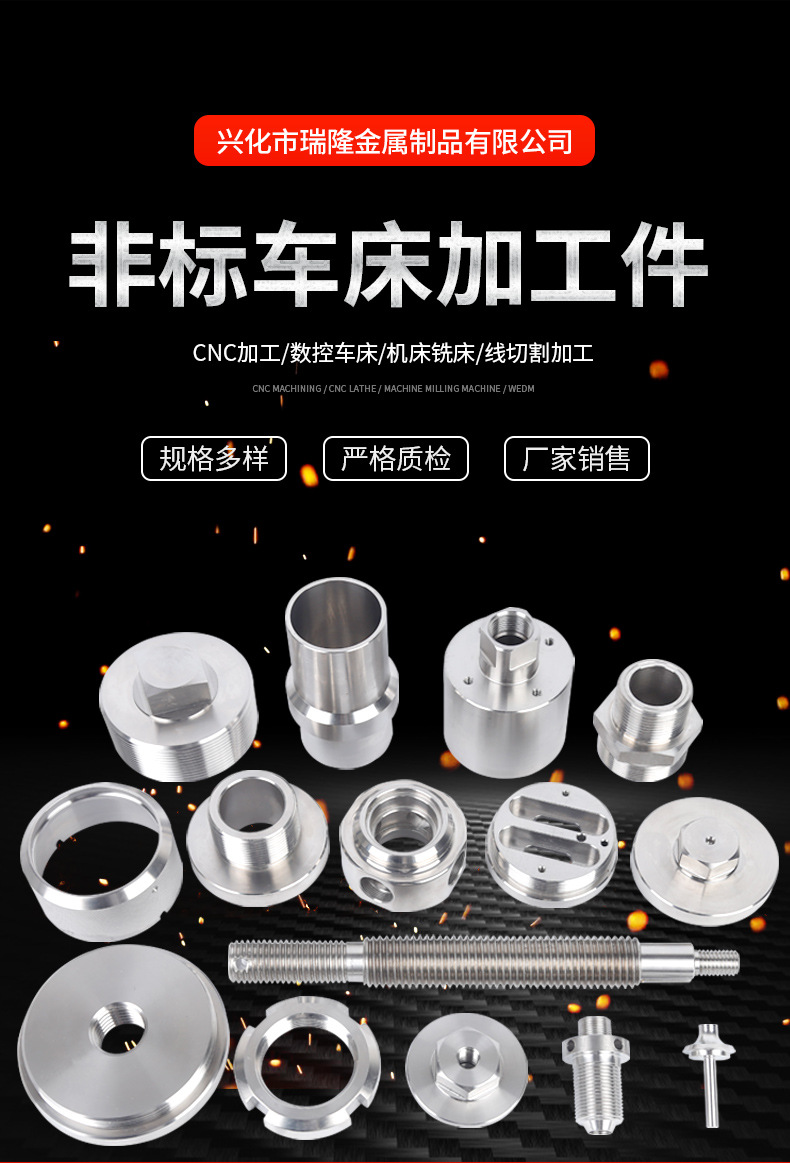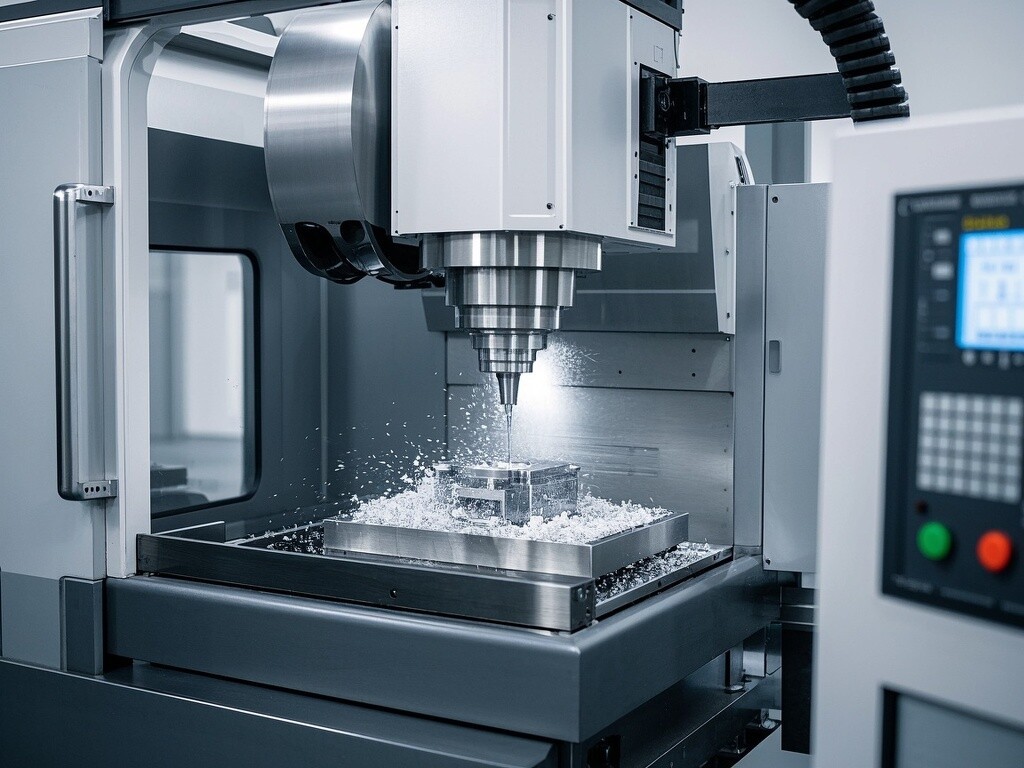
Operators and decision-makers face rising margins pressure. This guide offers seven practical, operator-focused strategies to lower part cost and cycle time through smarter CNC milling practices, balanced automation and process control while considering CNC automation and CNC machines across production lines.
Why cost control in milling matters to stakeholders
Reducing cost per part is not only an operations objective: it directly impacts procurement, finance, and long-term competitiveness. For information researchers, technicians and contract executors, improvements in CNC milling workflows influence tool life, scrap rates, and lead times. For technical evaluators and enterprise decision-makers, combining CNC automation with optimized machining parameters yields measurable returns — lower direct labor, reduced energy use, and higher machine utilization.
Key cost drivers in CNC machining
Before applying remedies, understand where cost accumulates: cycle time, tooling consumption, setup time, scrap and rework, quality inspection effort, and unplanned downtime. These drivers apply across processes such as CNC turning, CNC grinding, CNC drilling, CNC cutting and CNC lathes operations. Effective cost reduction targets the highest-impact drivers first.
Seven operator-focused strategies to cut milling costs
1. Optimize cutting parameters and toolpaths
Small adjustments to spindle speed, feed rate and depth of cut can slash cycle time without compromising quality. Use material-specific cutting data and modern toolpath strategies (trochoidal milling, high-feed milling) to maintain chip load and extend tool life. Reference standards like ASTM and JIS for material properties when tuning parameters, and validate with trial cuts to avoid costly over-optimism.
2. Standardize and monitor tooling
Maintain a centralized tooling library and set replacement thresholds by measured wear, not just time. Standard inserts and grade choices across CNC milling and CNC turning operations reduce inventory costs and simplify purchasing. Implement tool inspection logs and use spindle-mounted tool probes or automatic tool setters where possible to reduce variance and time lost to manual offsets.
3. Leverage CNC automation selectively
Automation is not a binary decision. Evaluate whether cells that integrate pallet changers, part loaders, or simple conveyors reduce labor and downtime sufficiently to justify capital expense. Perform a break-even analysis: consider average batch size, takt time, operator cost, and expected uptick in CNC machines utilization. For mixed operations involving CNC grinding or CNC drilling, automation that reduces non-cutting time often yields the fastest payback.
4. Reduce setup and changeover time (SMED principles)
Apply SMED-style methods to clamping, workholding, and fixturing to convert internal setup steps to external ones. Create quick-change fixtures for families of parts and maintain standardized setup checklists. Training operators on repeatable setup procedures reduces variation and scrap, improving throughput on CNC lathes and milling centers alike.
5. Improve programing quality and simulation
Invest in CAM best practices: modular, parameterized programs and robust simulation (toolpath verification and collision checks) cut trial-and-error runs on the floor. Use adaptive feeds in CAM to balance metal removal rates and tool longevity. Cross-validate programs across similar CNC machines to reduce the chance of machine-specific surprises.
6. Implement condition-based maintenance
Monitor spindle vibration, coolant quality, and axis backlash to schedule maintenance just-in-time. Unexpected downtime on a CNC milling cell can cascade into expedited shipping and premium overtime costs. Predictive sensors and simple CNC automation alarms help preserve machine accuracy, reducing scrap caused by drift and ensuring tolerances across precision drilling, grinding, and cutting operations.
7. Tighten quality control and feedback loops
Early—and frequent—inspection prevents high-cost rework. Integrate in-process probing or automated optical inspection where tolerances are tight. Use SPC (statistical process control) to detect trend shifts and feed that data back into CAM parameters and tooling choices. When finished goods conform consistently to EN or ISO tolerances, downstream audit and QA effort decrease.
Practical comparisons and ROI examples
Below is a simplified ROI comparison showing typical benefits when adding selective automation or process improvements. Numbers are illustrative; projects should model facility- and product-specific data.
Integrating with other CNC processes
Cost reductions in milling should be coordinated with downstream and upstream processes — for example, changing material prep for easier CNC cutting or integrating finish grinding allowances to avoid rework. When planning cell upgrades, evaluate how solutions affect CNC lathes, CNC turning, CNC grinding, and CNC drilling steps to maximize system-level ROI.
Common pitfalls and how to avoid them
- Over-automation: Buying complex automation without defined cycle-time benefits leads to poor payback. Start small and scale.
- Tooling churn: Frequent changes in tooling spec without analysis increases cost. Track tool part numbers and performance metrics.
- Ignoring material variability: Different heats or suppliers can alter machining behavior. Specify materials with JIS/EN/ASTM references when precision is required.
Case vignette: A practical on-floor improvement
A medium-size manufacturing firm replaced variable manual setups with standardized fixtures and added an automatic tool setter on three milling centers. They combined improved CAM templates and in-process probing to lower first-pass yield loss from 7% to 1.5% and reduced average cycle time by 12%. The combination of reduced rework and higher uptime produced a payback under nine months for the combined upgrades.
Why choose pragmatic improvements and how we help
Choosing targeted, operator-aligned changes yields faster value and higher acceptance. We combine domain experience across CNC milling, CNC automation, and multi-process cell design to help teams prioritize actions that reduce cost without compromising quality. For practical assistance or a site assessment, review our process checklist or schedule a consultation. You can also view related tooling and automation solutions here: 无.
Next steps for decision-makers
Start with a quick value-stream analysis: map cycle times, non-cut time, and scrap rates. Prioritize interventions with the shortest expected payback and measurable KPIs. For procurement and finance teams, require simple TCO models for automation investments and insist on pilot runs. For operators and supervisors, focus on repeatability, tool monitoring and data-driven adjustments.
Adopting these practical strategies across your CNC machines and milling operations improves profitability, stability and responsiveness. Combining CNC automation sensibly with robust process controls turns machining from a cost center into a competitive advantage.


